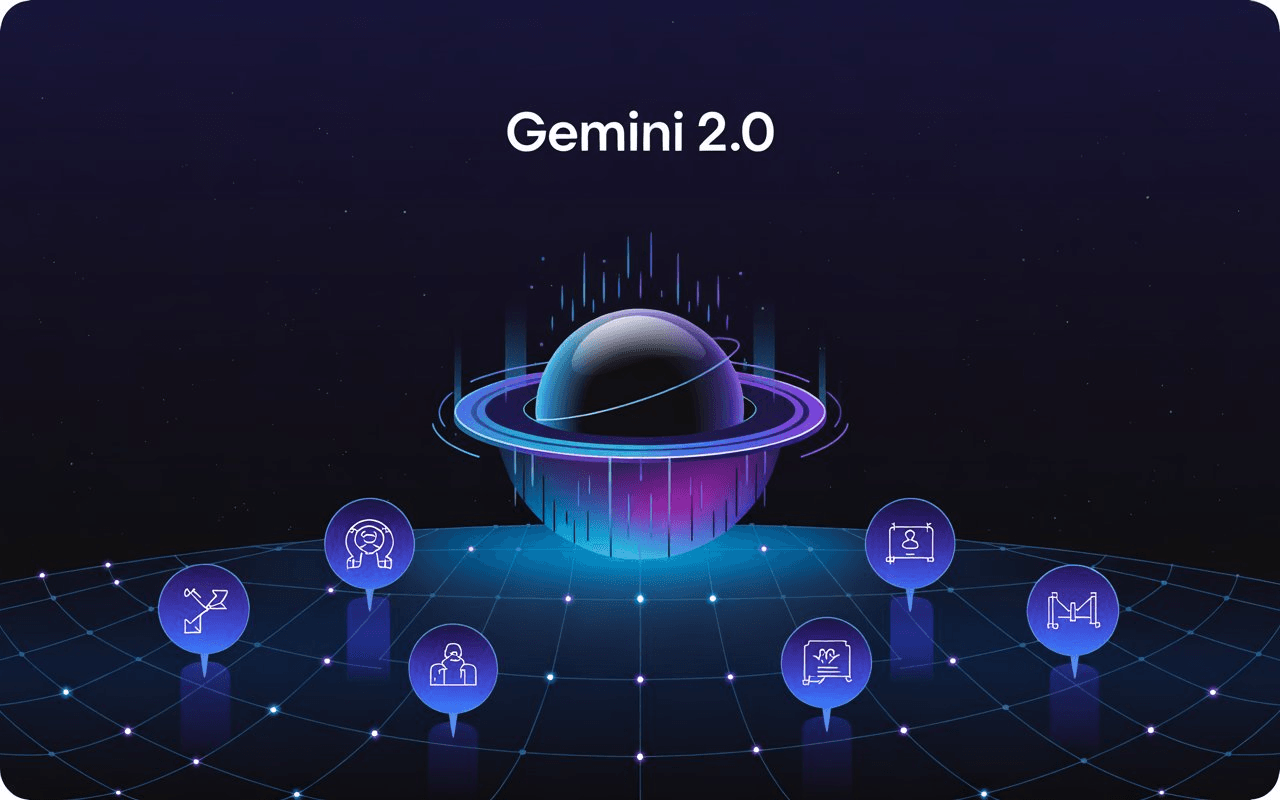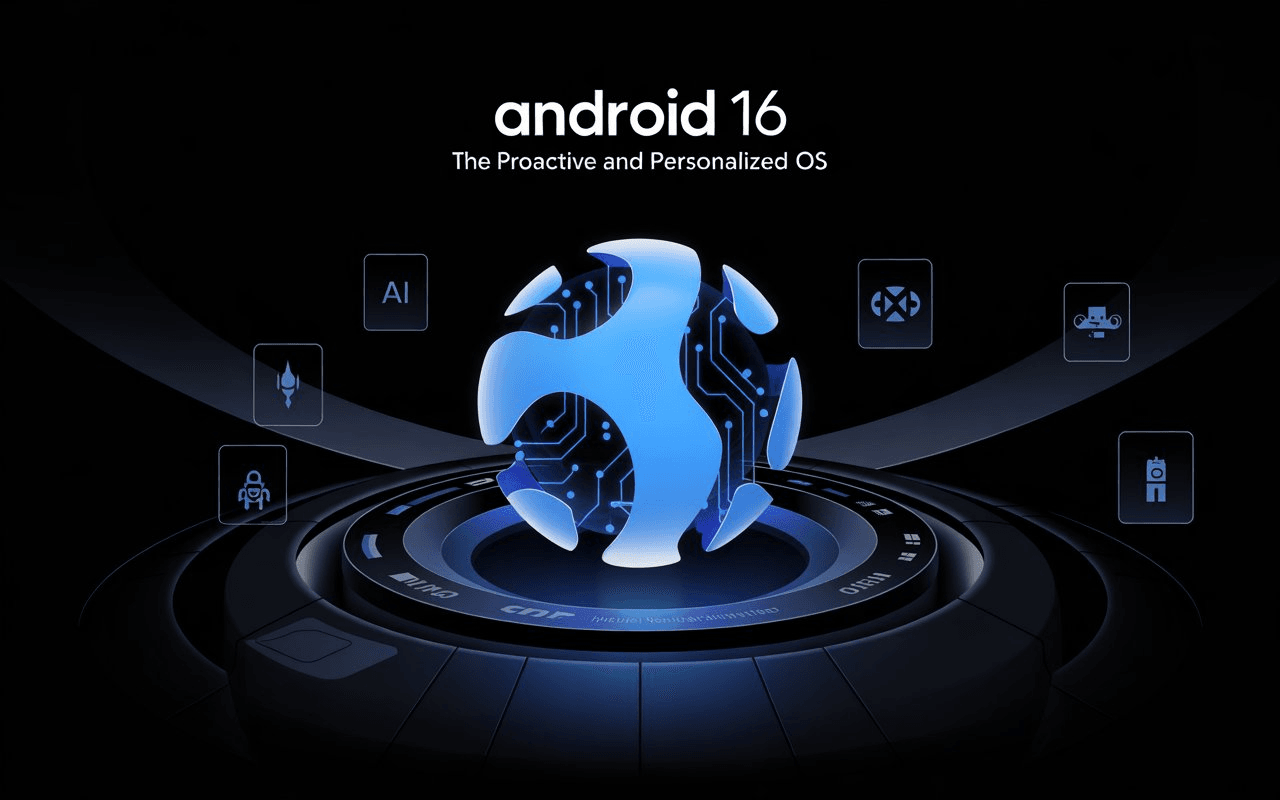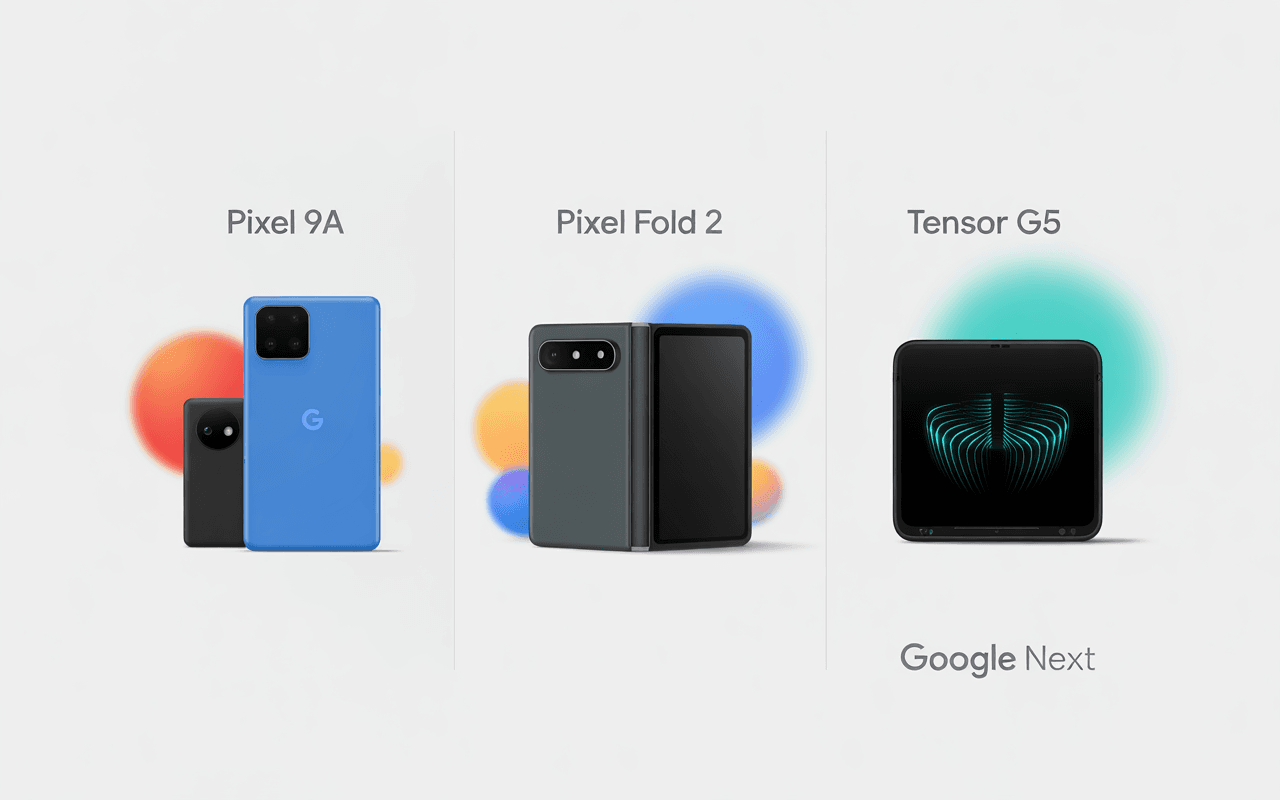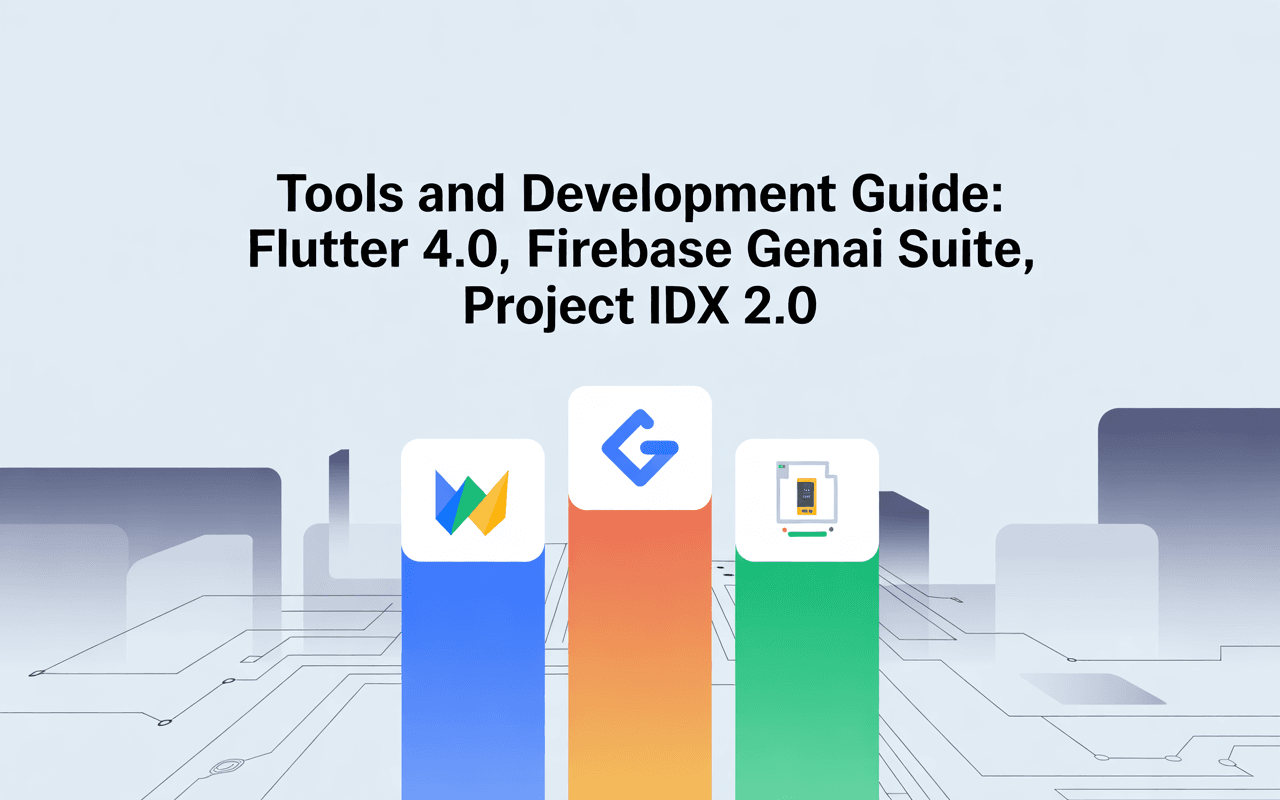Google I/O 2025: Everything announced at this year’s developer conference
- Author
- Published on
The dust has settled on another spectacular Google I/O, and the message from Mountain View is clearer than ever: the future is intelligent, ambient, and seamlessly integrated.
Google I/O 2025, the tech giant's annual developer conference, has wrapped up, leaving us with a trove of exciting announcements. Held at the Shoreline Amphitheatre in Mountain View, this year's event was a whirlwind of innovation, with a strong emphasis on artificial intelligence and its integration across Google's ecosystem. Whether you're a seasoned developer or a tech enthusiast, the updates from I/O 2025 are set to reshape how we interact with technology. From groundbreaking AI tools to the latest Android features, here's a comprehensive rundown of everything you need to know.
The AI Revolution Continues: Gemini 2.0 Takes Center Stage
Artificial intelligence was the undeniable star of the show. Google is embedding AI into the very fabric of its products, and it's all powered by the next evolution of its flagship model.
Introducing Gemini 2.0

Google unveiled Gemini 2.0, a significantly more powerful and efficient large language model. Here’s what makes it a game-changer:
- Multimodality: Unlike its predecessor, Gemini 2.0 was built from the ground up to be truly multimodal. It doesn't just understand text, images, and audio; it reasons across them simultaneously. During a live demo, it generated a complete website layout from a simple hand-drawn sketch on a napkin and a verbal description of the desired color scheme.
- On-Device Efficiency: Google announced "Gemini Nano 2," a hyper-efficient version of the model designed to run directly on mobile devices. This enables powerful AI features without needing a constant internet connection, improving speed and privacy.
- Advanced Reasoning: Gemini 2.0 demonstrated remarkable improvements in complex reasoning and planning. It was tasked with planning a week-long vacation, including booking flights and hotels based on real-time pricing, suggesting itineraries based on user preferences, and even handling currency conversions all within a single conversational prompt.
These new Google AI tools 2025 are set to redefine how we interact with modern technology.
Model variants
The Gemini API offers different models that are optimized for specific use cases. Here's a brief overview of Gemini variants that are available:
| Model variant | Input(s) | Output | Optimized for |
|---|---|---|---|
| gemini-2.5-pro | Audio, images, videos, text, and PDF | Text | Enhanced thinking and reasoning, multimodal understanding, advanced coding, and more |
| gemini-2.5-flash | Audio, images, videos, and text | Text | Adaptive thinking, cost efficiency |
| gemini-2.5-flash-image-preview | Images and text | Images and text | Precise, conversational image generation and editing |
| gemini-2.0-flash | Audio, images, videos, and text | Text | Next generation features, speed, and realtime streaming. |
| gemini-1.5-flash | Audio, images, videos, and text | Text | Fast and versatile performance across a diverse variety of tasksDeprecated |
| gemini-1.5-pro | Audio, images, videos, and text | Text | Complex reasoning tasks requiring more intelligenceDeprecated |
Android 16: The Proactive and Personalized OS

The next chapter for the world's most popular mobile operating system is here. Get ready for Android 16, codenamed "Popsicle." The focus this year is on making your phone a true personal assistant that anticipates your needs.
Key New Android Features 2025
- Proactive Assistant: Powered by the new on-device Gemini Nano 2, Android 16’s assistant can surface relevant information before you even ask. For example, if you have a flight confirmation in your Gmail, your phone will automatically show you the boarding pass, gate information, and traffic to the airport on your lock screen on the day of travel.
- AI-Powered Notifications: Say goodbye to notification overload. Android 16 intelligently bundles and summarizes your notifications. It can differentiate between an urgent message from a family member and a promotional email, presenting only what matters most when you're busy.
- Fluid Continuity: This feature enhances the link between your Android phone, tablet, and Chromebook. You can now copy text or an image on your phone and paste it directly into a document on your Chromebook. Calls can be seamlessly transferred from your phone to your tablet with a single tap.
- Enhanced Privacy & Security Hub: The privacy dashboard now includes a "Permissions Manager" that gives you a 7-day look-back at what data your apps have accessed. It also introduces "Private Space," an encrypted folder on your device for securing sensitive apps and files with a separate PIN.
New Hardware: Pixel 9a, Pixel Fold 2, and a Tensor G5 Teaser

The Google developer conference updates always include some exciting hardware, and this year was no exception.
- Pixel 9a: The A-series continues its legacy of bringing premium features to an affordable price point. The Pixel 9a is powered by the new Tensor G4 chip, inheriting many of the AI camera features from the Pixel 9, including an improved Magic Editor and a new "Sound Eraser" for video.
- Pixel Fold 2: Google's second-generation foldable is here. The Pixel Fold 2 is significantly thinner and lighter, features a nearly creaseless inner display, and boasts new multitasking software powered by Android 16. It's designed to make a foldable a true productivity powerhouse.
- A Glimpse of Pixel 10: Google ended the hardware section with a teaser for the Pixel 10, announcing it will be the first device built around the upcoming Tensor G5 chip, which is being co-designed with Gemini 2.0 for unparalleled on-device AI capabilities.
Tools and Development Guide

For the developers in the audience, Google I/O 2025 delivered a powerful new set of tools to build the next generation of applications.
- Flutter 4.0: The latest version of the cross-platform UI toolkit focuses on performance. It introduces a new rendering engine, "Impeller 2.0," which promises jank-free 120Hz performance on supported devices. It also adds deeper support for WebAssembly (Wasm), allowing for near-native performance for web apps.
- Firebase GenAI Suite: Building AI-powered features is now easier than ever. This new suite in Firebase provides pre-built backends for common AI tasks.
- Example: You can implement a "summarize text" feature in your app with just a few lines of code by calling the Firebase GenAI function, without needing to manage your own models.
- Project IDX 2.0: Google's web-based development environment is now out of beta. It comes pre-loaded with templates for Flutter and web apps, powered by Gemini 2.0 code assistance. It can now write entire functions, generate unit tests, and explain complex code blocks in natural language, directly in your workspace.
Conclusion: A Smarter Future
Google I/O 2025 painted a clear picture of the future: technology that is less about the device in your hand and more about providing helpful, ambient assistance throughout your day. By deeply integrating the powerful Gemini 2.0 AI model across its entire ecosystem, Google is making its products more contextual, personal, and proactive.
For developers, the message is to embrace AI. With new tools in Firebase, Flutter, and Project IDX, building intelligent applications is more accessible than ever. For the rest of us, it means our technology is about to get a whole lot smarter.
What Google I/O 2025 highlight are you most excited about? Let us know in the comments below!
Frequently Asked Questions
Don't just read.
Let's work together. Build smarter.
Recent Blog Posts
AI Agents and Google Workspace Flows: The Future of No-Code Automation is Here
AI agents inside Google Workspace are flipping automation on its head. With Google Workspace Flows powered by Gemini, teams can build intelligent, no-code workflows that reason, analyze, and execute multi-step tasks across Gmail, Sheets, Drive, and more.
Beyond BaaS: Appwrite's Developers' Cloud The Single Platform for the Entire Product Lifecycle
Appwrite’s new Developers’ Cloud goes beyond BaaS, offering one unified platform to Imagine, Build, Deploy, Observe, and Protect apps. It cuts tool fragmentation, speeds delivery, and gives dev teams a single home for backend, frontend, monitoring, and security.
Amazon Web Services Quick Suite:AI-Powered Insights and Automation.
Amazon Web Services (AWS) just dropped Quick Suite, an AI-powered workspace that fuses business intelligence, generative AI, and no-code automation. It’s built to help teams instantly turn insights into action, all inside one smart, connected ecosystem.
Google Unveils VEO-3: Next-Gen AI Video Model
Google's Veo 3.1, an optimized upgrade to its flagship AI video model, has been released via the Flow AI filmmaking platform. Veo 3.1 strategically positions itself as a professional-grade tool against OpenAI's Sora 2 by focusing on an extended runtime of up to 60 seconds and a breakthrough Spatio-Temporal Audio Coupling Algorithm for native audio synchronization.